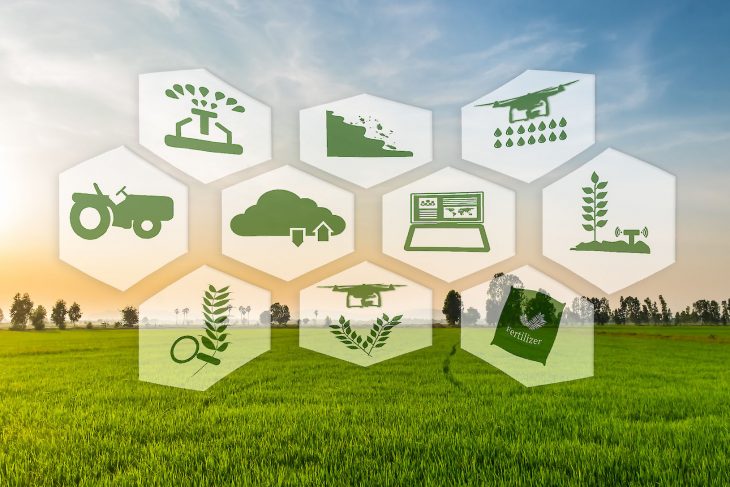The need to embrace the opportunities these innovations offer is real. In order to feed the nearly 10 billion people with whom we will be sharing this planet by 2050, crop and livestock productivity improvements are essential.
Inefficiencies in agriculture
Agricultural efficiency is still relatively poor: 7 tonnes of feed are needed to produce just 1 tonne of meat. It takes 880 gallons of water to produce one gallon of milk. Further, climate change is already requiring changes to crop management, and access to fresh water and good soil are becoming serious limitations for agriculture.
Finally, there are competing food requirements. In wealthier areas, food is a relatively small part of the household budget, and consumers are becoming prosumers, with high expectations for the standard and types of food they want. At the same time, global hunger and food scarcity are serious challenges – nearly 800 million people are undernourished. Connecting both is the global food chain: ensuring that there is transparency, traceability and trust between producers, processors and prosumers.
Digital disruption drives the next agricultural revolution
Fortunately, the makings of a 5th agricultural revolution are here, with the potential to reduce or eliminate all of these issues. 8 emerging digital technologies each have the potential to transform agriculture. They range from specific technical tools to new ways of seeing the existing system. Some, especially the first ones, sound familiar but their use in agriculture is novel.
These 8 digital technologies can be categorised into 4 each of hardware and software and, when combined with the IoT (Internet of Things), can profoundly change the way food production works.



